British Museum Guide: London’s Global History Treasure
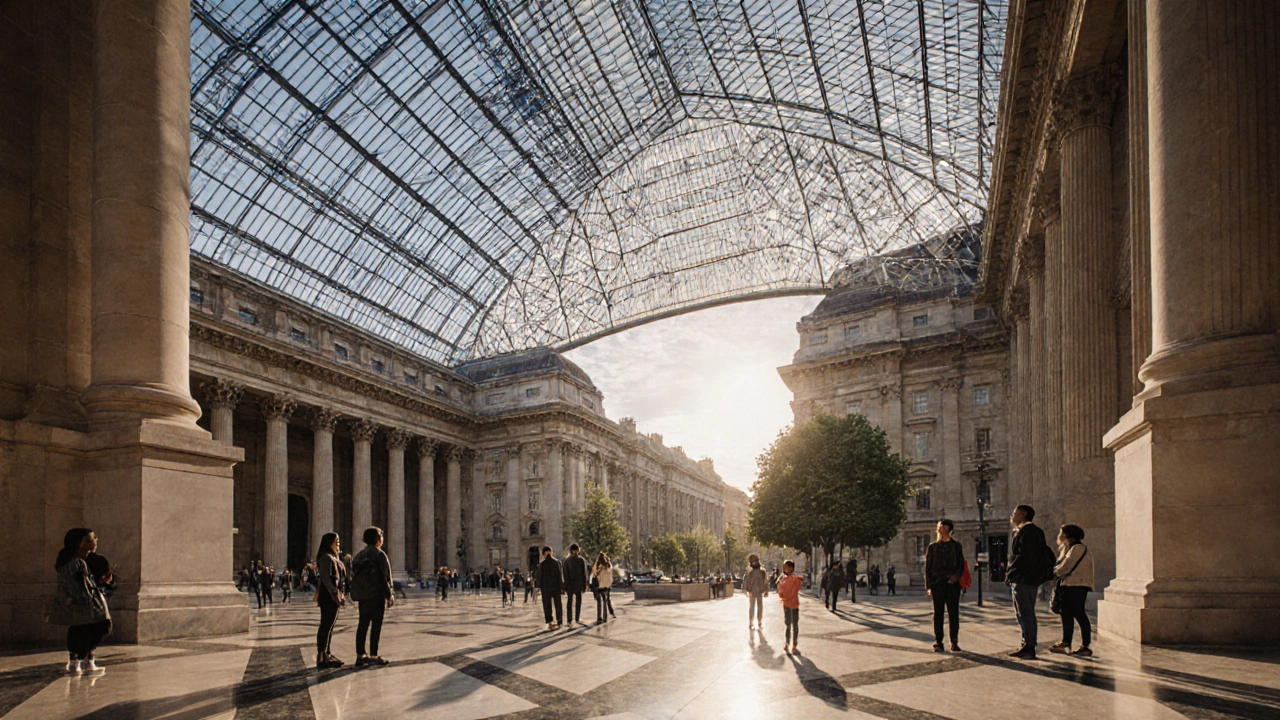
Nestled in the heart of Bloomsbury, the British Museum is a world‑class museum in London that houses artifacts from every continent, making it a living tapestry of global history.
Key Takeaways
- Free admission gives Londoners unlimited access to world‑renowned collections.
- Plan ahead: use the British Museum ticket for special exhibitions, and pair it with a London Pass for savings.
- Best visit times are weekday mornings before 10am or late afternoons after 3pm.
- Combine the museum with nearby attractions like Trafalgar Square and Covent Garden for a full day of culture.
- Don’t miss hidden gems such as the Great Court roof designed by Foster + Partners.
Why the British Museum Matters to Londoners
For locals, the museum isn’t just a tourist stop; it’s a community hub. Weekly family workshops, free lecturing series, and the annual Late Night at the Museum blend education with London’s vibrant nightlife. The museum’s location near Holborn Station on the Central Line means a quick tube ride from Canary Wharf or Camden, keeping the door open for commuters who want a cultural breather during lunch.
Navigating the Museum Like a Local
First, grab a free map at the information desk or download the official app. The app syncs with London Underground real‑time updates, so you can avoid the rush hour crush at the British Museum entrance. Use the accessible elevators near the Great Court if you have mobility concerns - they’re clearly marked and wheelchair‑friendly.
Pro tip: head straight to the Rosetta Stone gallery first. It’s on the first floor, opposite the main coffee shop, so you won’t have to backtrack later.
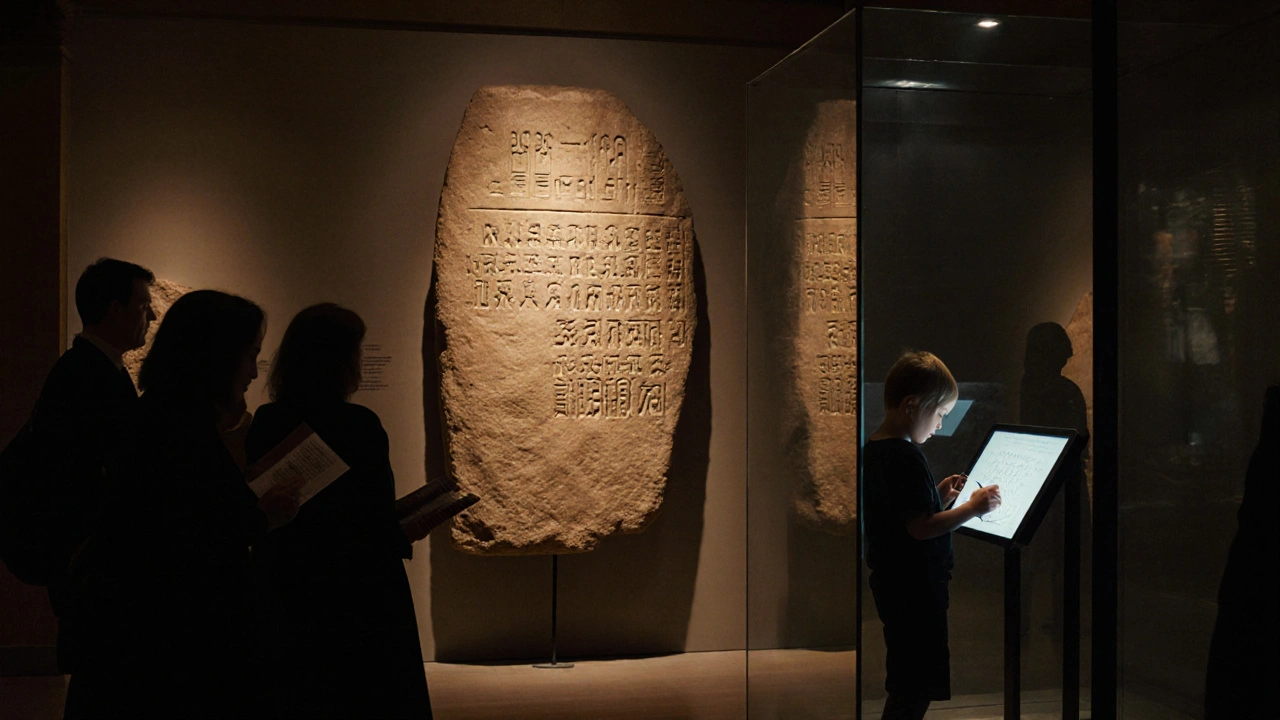
Must‑See Treasures and Their Stories
Rosetta Stone - the key to deciphering Egyptian hieroglyphs, rescued from French troops in 1801. It’s displayed alongside a replica that lets visitors try the ancient script on a digital tablet.
Elgin Marbles - the controversial Parthenon sculptures that spark heated debates between Britain and Greece. The museum offers a balanced interpretive panel that presents both sides of the story.
Don’t miss the Egyptian mummy of Katebet, a rare 2,500‑year‑old royal lady. The climate‑controlled case lets you see the linen wrappings up close, and a short audio guide explains ancient embalming rites.
Also explore the less‑touristy rooms: the Assyrian lion hunt reliefs, the Islamic ceramics wing, and the Pacific Oceanic collection, which showcases Polynesian navigation tools.
Beyond the Galleries: Events, Workshops, and Nearby Spots
The museum’s calendar is packed year‑round. In autumn, the “World Heritage Night” pairs the National Gallery’s special viewings with a shuttle bus that stops at the museum’s rear courtyard. For families, the Saturday “Storytime in the Great Court” combines a puppet show with a guided tour of the Egyptian gallery.
After you finish, stroll to Trafalgar Square (a 10‑minute walk) and grab a bite at the historic The Delaunay café. If you’re after a pint, the nearby Fitzroy Tavern offers a classic British pub atmosphere, perfect for discussing the day’s discoveries with new friends.
Planning Your Visit: Tickets, Timings, and Transport
General admission is free, but major temporary exhibitions usually require a separate ticket (£15‑£20). Buying online in advance guarantees entry and lets you skip the queue at the ticket desk.
Opening hours are 10am-5:30pm daily, with extended hours until 8:30pm on Fridays. The museum closes for a short lunch break on Wednesdays (12pm-2pm).
Transport tips:
- Take the Central Line to Holborn or Tottenham Court Road.
- Bus routes 8, 25, 45, and 68 stop directly outside.
- For cyclists, the museum provides secure rack space near the main entrance.
If you’re a frequent museum-goer, consider the London Pass, which covers entry to over 80 attractions, including the British Museum and the National Gallery.
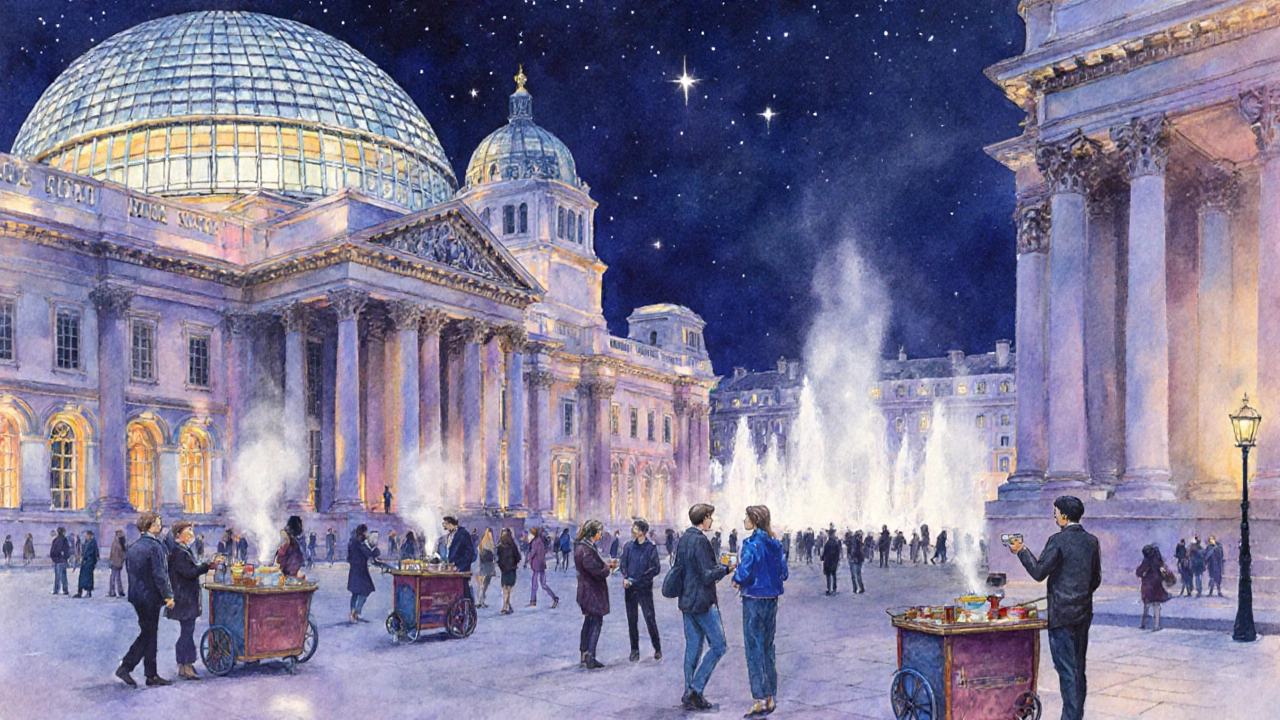
Comparison of London’s Top Free Museums
| Museum | Admission | Opening Hours | Key Collection Highlights |
|---|---|---|---|
| British Museum | Free (exhibitions paid) | 10am-5:30pm (Fri 10am-8:30pm) | Rosetta Stone, Elgin Marbles, Egyptian mummies |
| National Gallery | Free (special shows paid) | 10am-6pm (Fri 10am-9pm) | Van Gogh, Turner, Botticelli |
| Victoria and Albert Museum | Free (exhibitions paid) | 10am-5:45pm (Fri 10am-10pm) | Fashion, Design, Asian Art |
| Tate Modern | Free (Temp. exhibitions paid) | 10am-6pm (Fri 10am-10pm) | Modern art, Turbine Hall installations |
Quick Tips for London Residents
- Visit on a Tuesday or Wednesday morning to beat the crowds.
- Take advantage of “Museum Night” (first Friday of the month) for free late‑hour entry.
- Use the free Wi‑Fi to download audio guides that offer deeper context on the Great Court architecture.
- Combine your trip with a stop at the nearby British Library for a literary detour.
- Check the museum’s “Family Friendly” badge on the website before booking.
Frequently Asked Questions
Is there a cost to enter the British Museum?
General admission is free. Temporary exhibitions and special events usually require a ticket, costing between £10 and £20.
What is the best time of day for a quiet visit?
Weekday mornings before 10am or late afternoons after 3pm tend to be the least crowded.
Are there facilities for families with young children?
Yes. The museum offers free family backpacks, stroller-friendly routes, and a dedicated children’s discovery zone on the ground floor.
How can I get there using public transport?
Take the Central Line to Holborn or the Northern Line to Tottenham Court Road. Several bus routes (8, 25, 45, 68) also stop nearby.
Is photography allowed inside?
Non‑flash photography is permitted in most galleries, but some special exhibition rooms restrict any cameras.
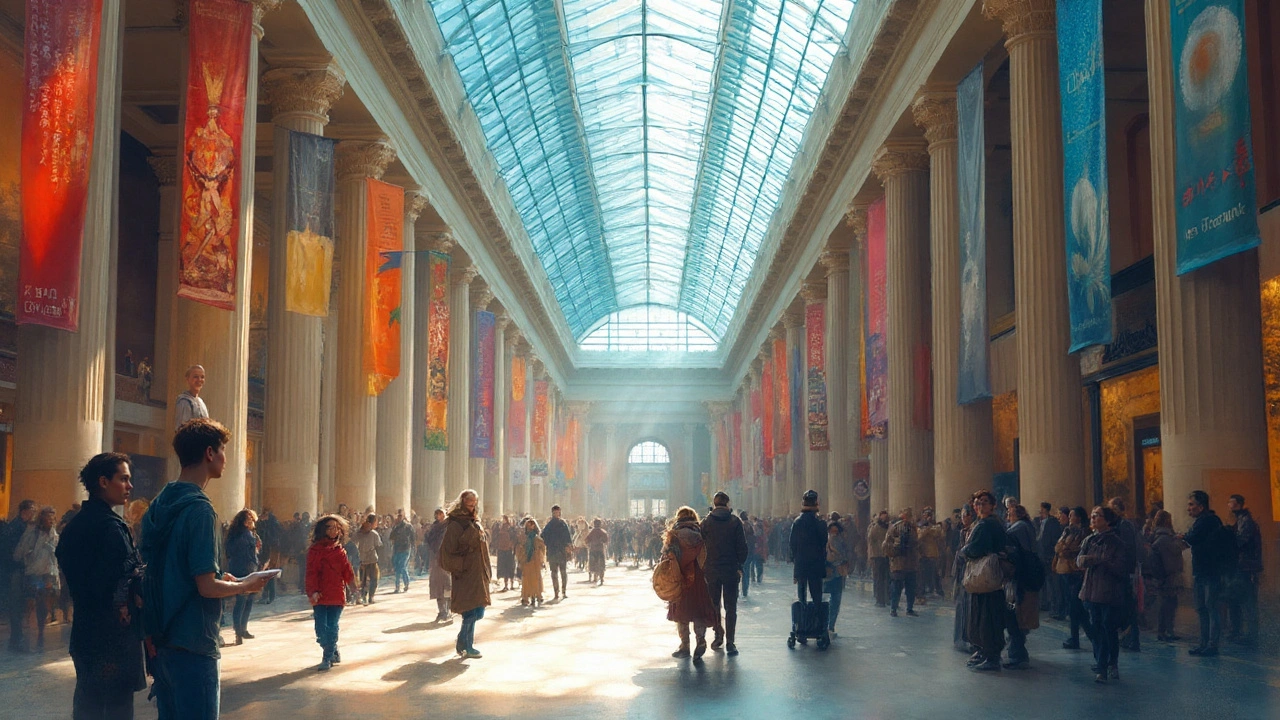
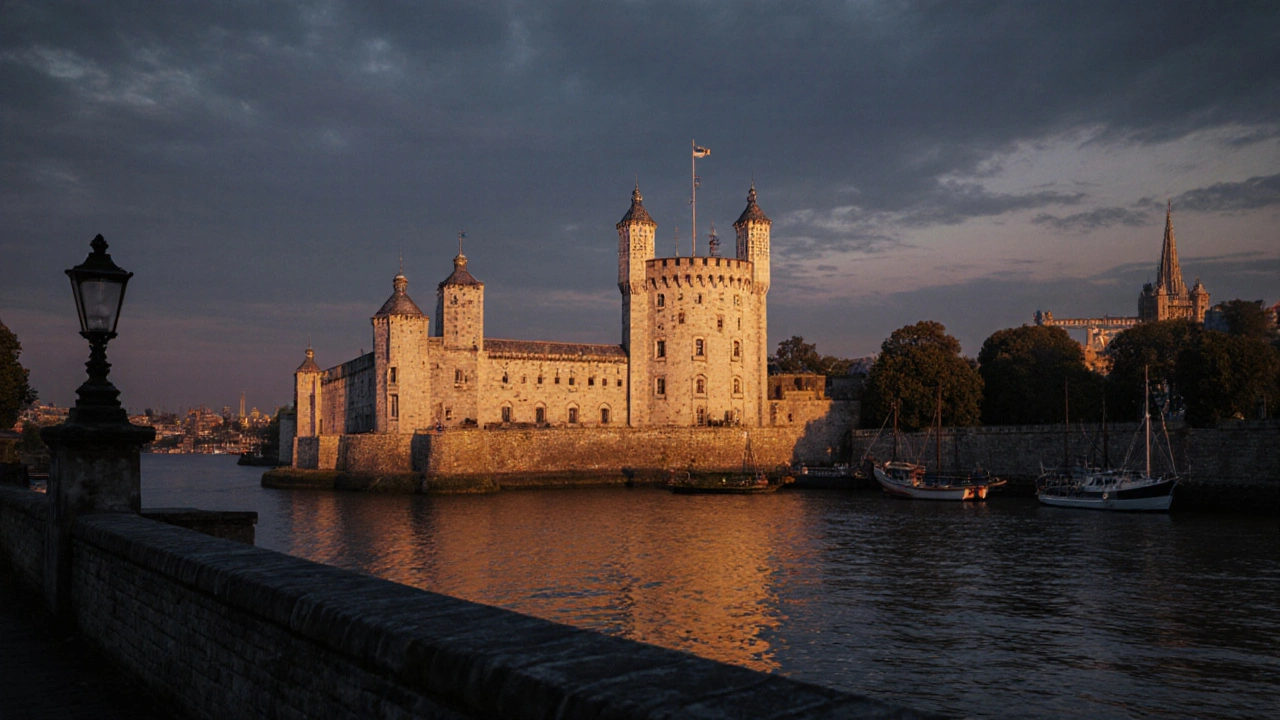
Chaunt Elyza
October 17, 2025 AT 15:58Look, the British Museum is a treasure trove and you’re missing the Rosetta Stone if you skip it – grab a coffee there and dive straight into the Egypt gallery, it’s pure magic 😍🗿. The free Wi‑Fi makes downloading the audio guide a breeze, so you won’t waste time figuring out the layout yourself.
Katie Schiffer
October 17, 2025 AT 16:00Absolutely, you’ve got this! Grab a map on the app, hit the Great Court first for that stunning roof, then wander at your own pace – the museum feels like a playground for anyone who loves history.
John Irving
October 17, 2025 AT 16:01The British Museum, while impressive, is still a colonial showcase that flaunts artifacts taken overseas. Its free entry is a great hook for tourists, but locals should remember the objects belong to their countries of origin. The Rosetta Stone, for example, is a symbol of British imperialism, not a neutral gift. Australian museums, such as the National Museum of Australia, handle Indigenous collections with consent and partnership, something the BM still struggles with. You can walk the Great Court and admire Foster’s roof, yet that glass canopy masks the fact that many exhibits lack proper provenance. The Elgin Marbles controversy is a textbook case of cultural theft, and the museum’s balanced panels feel like a PR move rather than genuine reconciliation. If you’re keen on Egyptian mummies, note that Katebet’s case is displayed for spectacle, not for respectful education. The climate‑controlled rooms keep the artifacts safe, but they also keep the narratives static and unchallenged. Visitors often miss the quieter wings – the Assyrian reliefs, Islamic ceramics, and Pacific navigation tools – because the museum’s signage pushes the crowd towards the classics. In my opinion, the museum could do better by featuring more contemporary voices from the regions represented. It should also offer free transport vouchers for Londoners, similar to what some Australian cities provide for museum access. The audio guide is helpful, yet it glosses over the political context of each piece. For families, the storytime sessions are adorable, but they rarely address the ethical debates behind the displays. In short, enjoy the visual feast, but keep a critical eye on the history of acquisition. Remember, cultural heritage belongs to the people who created it, not to a wall of glass in Bloomsbury.
Kat Astrophic
October 17, 2025 AT 16:03The museum’s official website confirms that the Rosetta Stone has been on display since 1802, and the Great Court roof was completed in 2000. Accessibility routes, including the elevators near the Court, meet UK Equality Act standards, offering wheelchair‑friendly access throughout the main galleries. For anyone planning a visit, the free mobile app provides real‑time updates on exhibition closures and guided tours.
Sig Mund
October 17, 2025 AT 16:05Honestly, if you’re not willing to pay for the special exhibitions, you’re missing the real value of the museum.